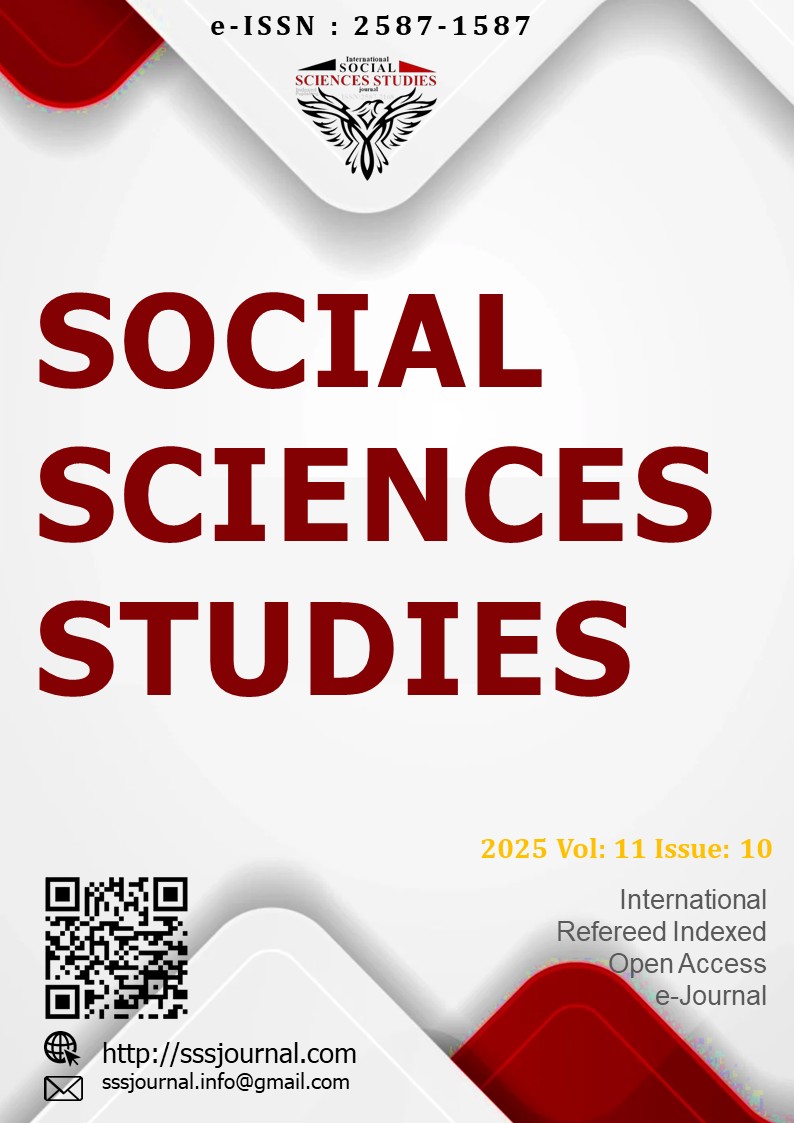Author :
Abstract
Son yıllarda bütün dünyada çevre ile ilgili hassasiyet artmaktadır. Hammadde kaynaklarında azalma, iklim değişikliğinin olumsuz etkileri ve atıkların yol açtığı kirlilik gibi unsurlar yerelden küresel her kesimde dikkat çekmektedir. Bu olumsuzlukların önlenmesi için işletmeler ve politika yapıcılar artan oranda baskı ile karşılaşmaktadır. Bu konuda işletmelerin bütünü için olduğu gibi muhasebe fonksiyonuna da görev düşmektedir. Geleneksel olarak uygulanmakta olan maliyetleme sistemleri işletmelere ürün maliyetleri konusunda bilgi sağlamaktadır. Ancak çevresel konularda bilgi sağlamaması ya da yetersiz bilgi sağlaması nedeniyle eleştirilmektedir. Geleneksel maliyetleme sistemlerindeki bu yetersizlik, yeni yöntemlerin ortaya çıkışını gerektirmiştir.
Çevre yönetim muhasebesi hem fiziksel hem de parasal konularda bilgi sağlayan bir yöntem olarak ortaya çıkmıştır. Malzeme akış maliyet muhasebesi de çevre yönetim muhasebesinin bir unsuru olarak 1990’lı yıllarda Almanya’da geliştirilmiştir. Malzeme akış maliyet muhasebesi üretim sürecindeki malzeme akışlarının girdi-çıktı ilişkilerini kütle dengesine göre analiz etmektedir. Yöntem, malzeme, enerji, sistem ve atık yönetimi maliyetleri olarak sınıflandırdığı maliyetlerin analizi yoluyla pozitif ve negatif çıktı oranının belirlenmesini sağlamaktadır.
Çalışmada malzeme akış maliyet muhasebesinin bir gıda işletmesinde uygulanabilirliğinin görülmesi amaçlanmıştır. Bu bağlamda yöntem orta ölçekli bir incir işleme tesisinde uygulanmıştır. Uygulama ile işletmenin üretim süreci analiz edilmiş ve negatif ve pozitif çıktıların oranları belirlenmeye çalışılmıştır. İşletmede negatif ürün maliyeti %18,86, pozitif ürünlerin maliyeti %80,74 olarak belirlenmiştir. Atık yönetim maliyeti ise %0,40 olarak belirlenmiştir.
Keywords
Abstract
In recent years, environmental sensibility has been increasing worldwide. Factors such as the depletion of raw material resources, the negative effects of climate change, and pollution caused by waste are attracting attention at all levels, from local to global. Businesses and policymakers are facing increasing pressure to prevent these negative impacts. In this regard, the accounting function has a role to play, as it does for businesses as a whole. Traditional costing systems provide businesses with information on product costs. However, they are criticized for not providing information on environmental issues or for providing insufficient information. This inadequacy in traditional costing systems has necessitated the emergence of new methods.
Environmental management accounting has emerged as a method that provides information on both physical and monetary issues. Material flow cost accounting was also developed in Germany in the 1990s as an element of environmental management accounting. Material flow cost accounting is a system of analyzing the input-output relationships of material flows in the production process according to mass balance. The method determines the positive and negative output ratio by analyzing costs classified as material, energy, system, and waste management costs.
The study aimed to examine the applicability of material flow cost accounting in a food business. In this context, the method was applied in a medium-sized fig processing plant. The application analyzed the production process of the business and attempted to determine the ratios of negative and positive outputs. The negative product cost in the business was determined to be 18.86%, while the cost of positive products was determined to be 80.74%. The cost of waste management has been set at 0,40%.





